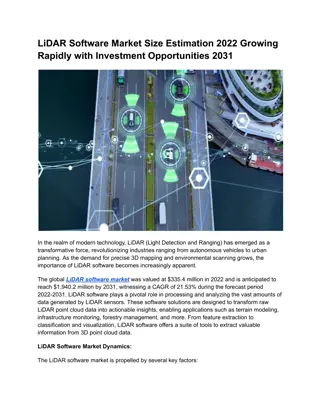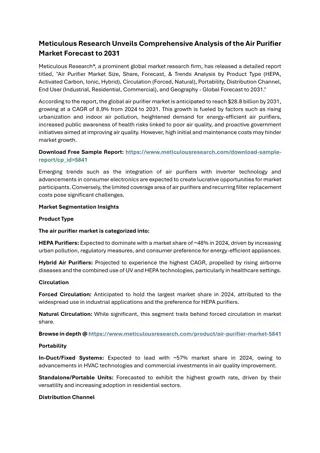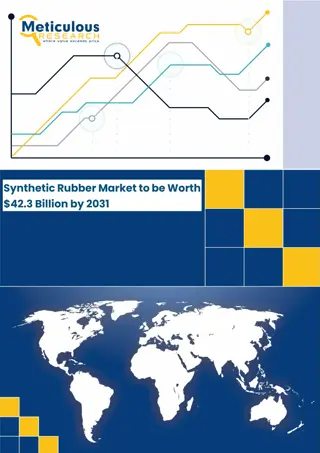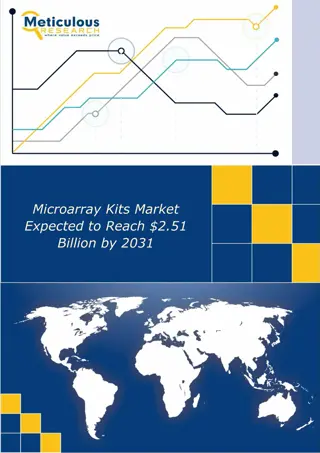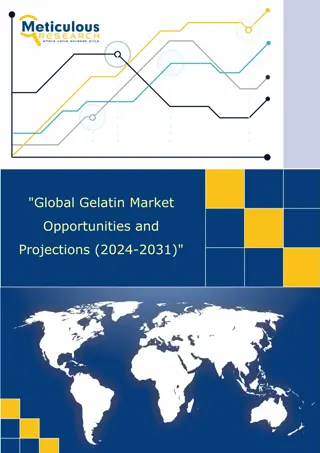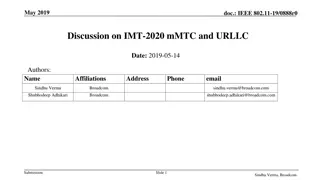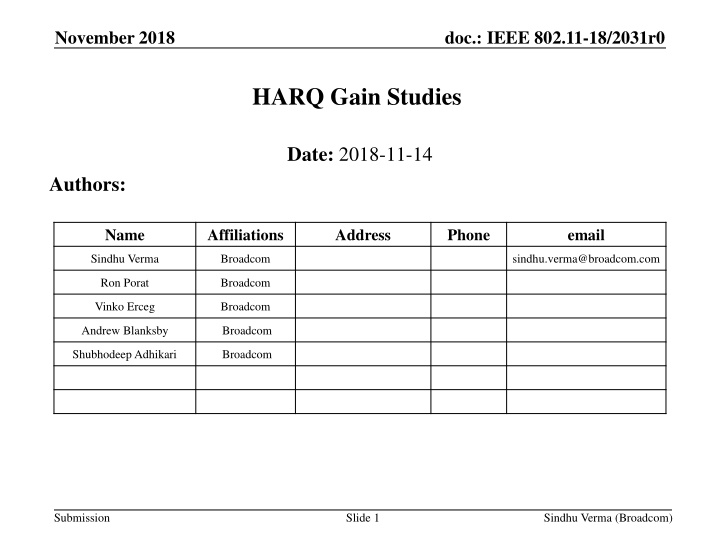
IEEE 802.11-18/2031r0: HARQ Performance Studies and Framework
Delve into the HARQ (Hybrid Automatic Repeat reQuest) performance studies in IEEE 802.11-18/2031r0, focusing on link adaptation, memory utilization, and HARQ operation framework for enhanced communication reliability. Explore the benefits of HARQ Chase Combining and Incremental Redundancy techniques, as well as the simulation methodology comparing HARQ with ARQ, offering insights into improving data transmission efficiency.
Download Presentation

Please find below an Image/Link to download the presentation.
The content on the website is provided AS IS for your information and personal use only. It may not be sold, licensed, or shared on other websites without obtaining consent from the author. If you encounter any issues during the download, it is possible that the publisher has removed the file from their server.
You are allowed to download the files provided on this website for personal or commercial use, subject to the condition that they are used lawfully. All files are the property of their respective owners.
The content on the website is provided AS IS for your information and personal use only. It may not be sold, licensed, or shared on other websites without obtaining consent from the author.
E N D
Presentation Transcript
November 2018 doc.: IEEE 802.11-18/2031r0 HARQ Gain Studies Date: 2018-11-14 Authors: Name Affiliations Address Phone email Sindhu Verma Broadcom sindhu.verma@broadcom.com Ron Porat Broadcom Vinko Erceg Broadcom Andrew Blanksby Broadcom Shubhodeep Adhikari Broadcom Submission Slide 1 Sindhu Verma (Broadcom)
November 2018 doc.: IEEE 802.11-18/2031r0 Abstract In the 802.11 July meeting, we introduced the topic of link adaptation and HARQ in our contribution [1] . In this presentation, we discuss our initial results of HARQ performance Submission Slide 2 Sindhu Verma (Broadcom)
November 2018 doc.: IEEE 802.11-18/2031r0 Framework for HARQ Operation HARQ at a high level involves memory - storing failed information and then combining it with subsequent transmissions Chase Combining the entire transmission is repeated as-is Incremental Redundancy new parity bits are sent so that combined with the stored failed bits, the effective code rate is reduced By the end of the EHT project the process geometry will be very low and sufficient memory becomes likely a non issue for adopting HARQ The amount of memory each device implements may be left up to implementation and outside the spec Memory requirement can also be reduced if we operate on a codeword level as opposed to MPDU level the Rx stores only the bad codewords (based on LDPC check sum) and passes them on to the MAC once decoded correctly For simplicity of operation and also in our simulation, we assume that only one re- transmission is allowed, meaning if after one-retransmission errors persist then ARQ is used. In other words we envision ARQ to still be used and possibly augmented by HARQ for one re-transmission (could be an RX choice) Submission Slide 3 Sindhu Verma (Broadcom)
November 2018 doc.: IEEE 802.11-18/2031r0 Simulation Methodology (1) In the following slides, we have compared the performance of HARQ with that of ARQ The metric used for comparison is Goodput with up to one re-transmission enabled: The Goodput calculation includes the PER, MCS (we assume Nss=1) and on-air-duration of first and second transmissions The performance using 2 channels (in terms of PER vs SNR curves) is presented: 2x2 OL for 802.11n channel model B 4x2 with BF for 802.11n channel model D Since MPDU error rate curves are used, the simulations indirectly assume MPDU-level retransmissions. In HARQ Chase Combining (CC): we repeat the same transmission twice resulting in a 3 dB gain For HARQ Incremental Redundancy(IR): we assume that with proper re-design of the LDPC code, new LDPC parity bits can be sent. These when combined with the bits stored in memory, result in an effective lower code rate at the receiver. We further assume to be able to lower the code rate with new parity bits by increments of 1 in the denominator : n/n+1, n/n+2, n/n+3, , down to a rate of 1/3 and use a capacity approximation based on the nearest available MCSs for performance assumption of IR rates. Slide 4 Submission Sindhu Verma (Broadcom)
November 2018 doc.: IEEE 802.11-18/2031r0 Simulation Methodology (2) For each SNR point, we assume 1% PER as a threshold that has to be achieved after the second transmission for a fair comparison of all schemes. The common PER threshold in case of Doppler is raised to 10% The benefits from HARQ are dependent on the link adaptation (LA) algorithm used. For this reason, we have assumed 3 types of LA: Perfect LA Imperfect LA Realistic LA Perfect LA: For ARQ, we find the MCSs over first transmission and second transmission which together give the highest Goodput with PER <1% after the 1st retransmission For HARQ-CC, we find the highest MCS with PER<1% after the second transmission. The resulting performance gain in terms of Goodput was seen to be very close to 0dB hence not included in this presentation CC provides 3dB gain on the second transmission, however with optimum link adaptation for ARQ it s practically impossible for CC having two transmissions to beat ARQ that has one transmission as the spectral efficiency needs to more than double for each CC transmission For HARQ-IR, we find the MCS over the first transmission and the number of new parity bits in the second transmission which together give the highest Goodput with PER<1% after the second transmission Submission Slide 5 Sindhu Verma (Broadcom)
November 2018 doc.: IEEE 802.11-18/2031r0 Simulation Methodology (3) Imperfect LA: For all schemes, we assume that the initial SNR estimate (measured SNR) has an error that is uniformly spread in the range [-9, 9] dB relative to the actual SNR. HARQ IR or ARQ choose the same first transmission MCS that would maximize the Goodput for ARQ at the measured SNR. For the second transmission, ARQ chooses the best possible MCS that maximizes throughput at the actual SNR given a PER limit of 1% (i.e. after the first transmission, perfect SNR knowledge is assumed) Similarly, for the second transmission HARQ IR chooses the best possible code rate that maximizes throughput given a PER limit of 1%. The Goodput at each SNR point is the average of the Goodputs for all the possible measurement errors in the given range. In practice, the first transmission MCS selection based on measured SNR can be more aggressive for HARQ IR than for ARQ which can lead to higher gains than shown here Submission Slide 6 Sindhu Verma (Broadcom)
November 2018 doc.: IEEE 802.11-18/2031r0 Simulation Methodology (4) Realistic LA: Each SNR point is simulated for 20 seconds with a time varying Rayleigh channel (3 kmph at 5 GHz carrier frequency). A realistic rate control algorithm with an inner and outer loop which tries to converge to a 10% error rate post all retransmissions, is superimposed on top of this. The inner loop uses un-averaged instantaneous SNR. The 3 schemes ARQ, HARQ CC and HARQ IR are evaluated for the spectral efficiency calculated as the number of MAC bits successfully transmitted per second per Hz. TXOP, AIFS, random back-off, CW updating, AMPDU aggregation up to 64, etc. are all implemented. The error is calculated per MPDU based on instantaneous SNR at the beginning of that MPDU Retransmissions are prioritized over new transmissions. HARQ IR makes the code rate denominator drop by 1 every retransmission as explained earlier ARQ uses the next lower MCS every retransmission Submission Slide 7 Sindhu Verma (Broadcom)
November 2018 doc.: IEEE 802.11-18/2031r0 Simulation Results-Perfect LA Submission Slide 8 Sindhu Verma (Broadcom)
November 2018 doc.: IEEE 802.11-18/2031r0 Simulation Results Imperfect LA Submission Slide 9 Sindhu Verma (Broadcom)
November 2018 doc.: IEEE 802.11-18/2031r0 Simulation Results Realistic LA Submission Slide 10 Sindhu Verma (Broadcom)
November 2018 doc.: IEEE 802.11-18/2031r0 Conclusions Chase combining is easier to implement. However, with perfect link adaptation, we didn t see gains compared to ARQ. Performance gains of HARQ IR with perfect link adaptation are up to 2 dB and seem to depend on the SNR gap between MCS and the steepness of the PER curves Performance gains of HARQ IR with imperfect link adaptation (modeled as uniformly distributed measurement errors in the range [-9, 9] dB) are up to 4 dB when identical initial MCS selection for both HARQ IR and ARQ is used Performance gains of HARQ IR with realistic link adaptation (modeled on a Rayleigh channel with Doppler ~14 Hz) are up to 6 dB Additional gains in HARQ CC/IR can be derived by using frequency diversity and MRC over repeated transmissions. This has not been accounted for in the simulations. Recommendation and next steps: Continue to evaluate HARQ gains with reasonable implementation complexity and practical link adaptation schemes Use realistic effective MCSs for HARQ IR Submission Slide 11 Sindhu Verma (Broadcom)
November 2018 doc.: IEEE 802.11-18/2031r0 References 1) 11-18-1116-00-0eht-multi-ap-harq-for-eht.pptx Submission Slide 12 Sindhu Verma (Broadcom)





